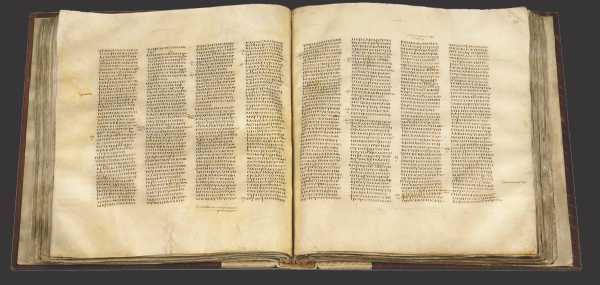Image Details

Courtesy of The Codex Sinaiticus Project, British Library
At the center of controversy is this fourth century Greek manuscript. Known as the Codex Sinaiticus, this document from St. Catherine’s Monastery in Sinai is one of the earliest extant copies of the Septuagint and the earliest complete New Testament. The text is written in uncial Greek script, a capital-letter form also called majuscule, as opposed to miniscule. Each page measures approximately 16 inches tall by 14 inches wide and is divided into four columns. Only about 400 of the more than 730 original leaves survive—and these are currently located in four different countries: Great Britain, Germany, Egypt and Russia. A massive cooperative project is now underway at all four institutions that own parts of the codex to accomplish the conservation and digitization of the manuscript and to investigate the fascinating modern history of the codex that led to one of Mt. Sinai’s greatest treasures being scattered throughout the Western world.
